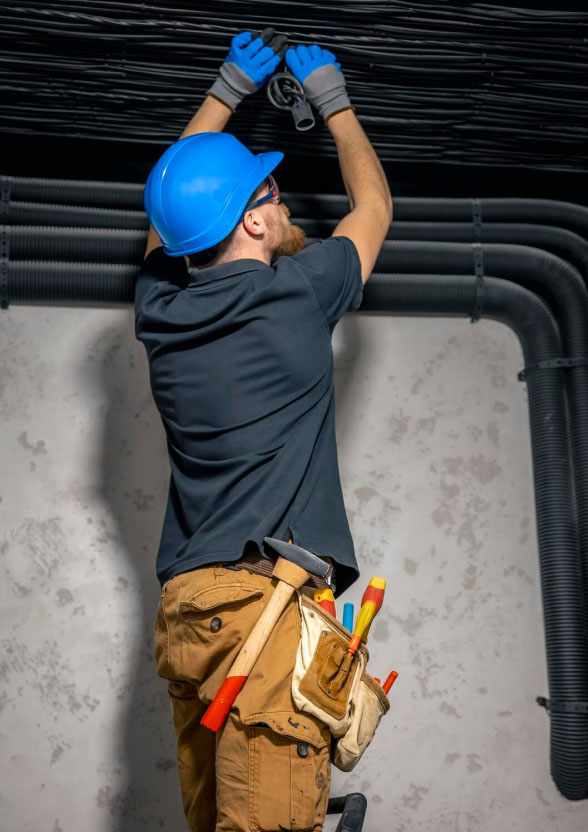Fire Extinguisher Maintenance
Why is Regular Inspection Important?
Types of Fire Extinguishers
- Powder Extinguishers: Effective for various types of fires, including those involving solid materials, liquids, and gases. Due to their versatility, they are widely used.
- Foam Extinguishers: Especially effective for liquid fires (such as oil or gasoline) as the foam can cut off oxygen from the fire, extinguishing it quickly.
- CO2 Extinguishers: These release carbon dioxide, which displaces oxygen and effectively extinguishes electrical fires. They are also suitable for liquid fires and leave no residue.
- Water-Based Extinguishers: Ideal for fires involving solid materials like wood, paper, or textiles. However, they are not suitable for all fire types, such as oil or electrical fires.

Steps in the Maintenance Process
Fire extinguisher maintenance involves more than just inspection; it includes cleaning, replacing parts, and refilling as needed. The main maintenance steps are:
1. Inspection: An external inspection checks the device’s condition, including the pressure gauge, seal, and charge level.
2. Testing: Operational testing ensures that the pressure is adequate and all functions are working correctly.
3. Cleaning: The extinguisher is cleaned inside and out to remove dust and debris that could impair its function.
4. Part Replacement: Worn parts, such as seals or valves, are replaced to maintain the device’s efficiency.
5. Refilling: If the extinguisher has been used or the pressure is inadequate, it is refilled to be ready for future use.
Why Regular Maintenance is Important
Conclusion
Would you like to use our service?
